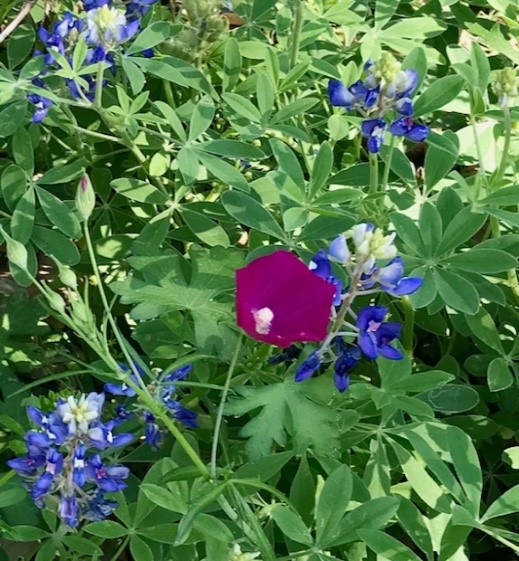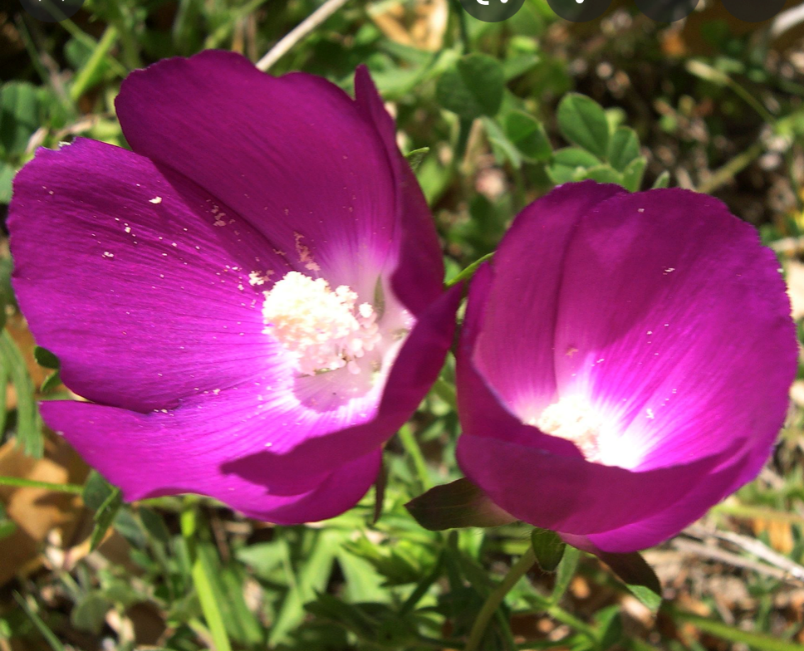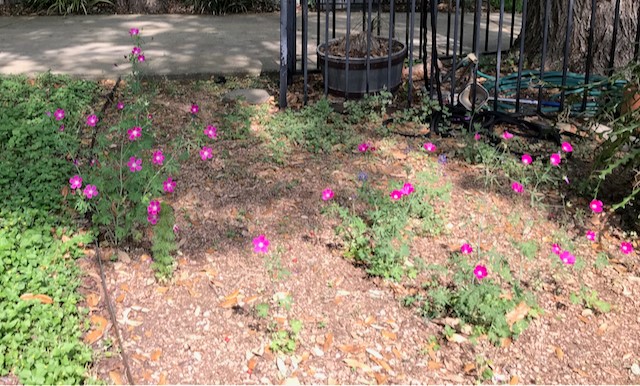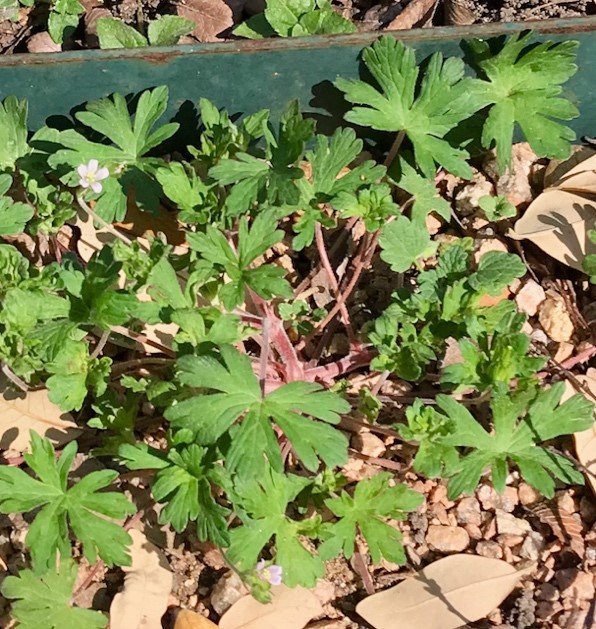by Paul A. Foerster, Bexar County Master Gardener

Each spring as the bluebonnets finish blooming in our yard, my wife Peggy and I enjoy the winecup wildflowers (Callirhoe involucrate) as they begin to bloom. The name comes from the color and shape of the blooms when they first open. These beautiful prairie wildflowers are also known as buffalo rose or purple poppy mallow.
Winecup flowers are a great addition to our spring gardens here in San Antonio; they are a tough, resilient, hardy and drought-tolerant perennial. These beautiful wildflowers are also native to parts of the southwest and central United States. Because they are native, they require minimal maintenance, and you will have few (if any) problems such as disease or bugs, provided that you plant them in the conditions where they like to grow: in a sunny and not too wet location. One caveat: rabbits enjoy nibbling on the leaves, so beware! Winecup wildflowers also spread out in all directions, if allowed. You often see them in pastures, open woods, and along roadsides. Bees and butterflies are also attracted to these beautiful flowers.

Before we married 28 years ago, Peggy had winecups growing wild in her yard. We dug up, and transplanted at our present home, several of the tubers from which they grow. Over the years they have spread by re-seeding, appearing in many places. Like bluebonnets, they prefer our decomposed granite walkways to our flower beds. Winecup plants die down after a month or so, but reliably return each spring.
You can obtain Winecup seeds from vendors who deal in wildflowers. There is an informative YouTube video by Growit Buildit, entitled “How to grow Winecup Flower – Callirhoe Involucrata”) with instructions on scarifying and planting the seeds. The video also shows a bumblebee going in and out of the flower “cups.”

A word of caution. When winecup flowers first come up in March, their leaves are almost indistinguishable from Shining Cranesbill (Geranium lucidum) weeds. The Winecup [first, below] has green stems that stand up more vertically than the reddish stems of the Cranesbill [second, below] that extend closer to the ground. The Cranesbill does put on a few tiny pinkish flowers a quarter inch in diameter. One shows in the upper left of the photo. Some gardeners like to keep Cranesbills, even though they are invasive. Just be selective when digging weeds.


Read more at Gardening Know How: Winecup Plant Info: Learn How To Grow Winecups In The Garden https://www.gardeningknowhow.com/ornamental/flowers/winecups/winecups-in-the-garden.htm
Happy gardening!
